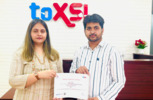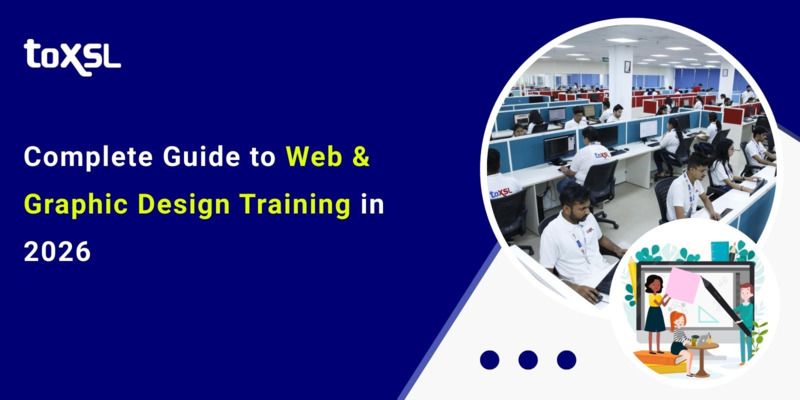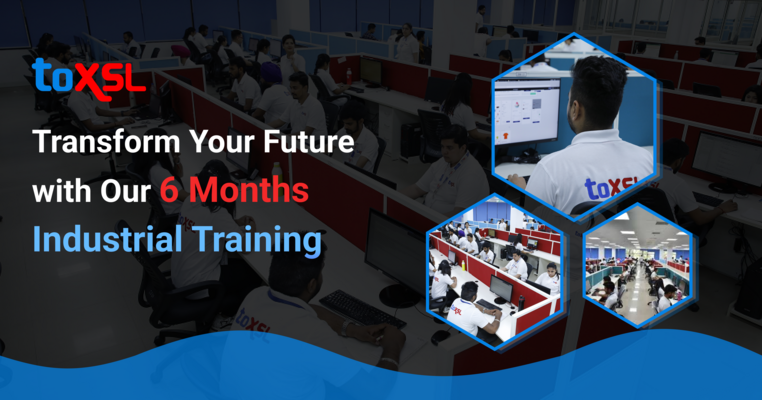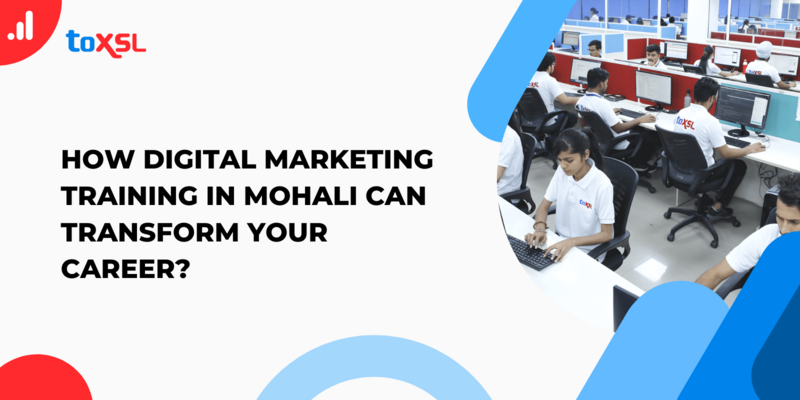Complete Guide to Web & Graphic Design Training in 2026
As a student, choosing the right career path can feel overwhelming, especially in a world where technology and creativity are evolving every day. By 2026, digital skills will no longer be optional, they will be essential. Every website you scroll through, every app you use, and every brand yo...








